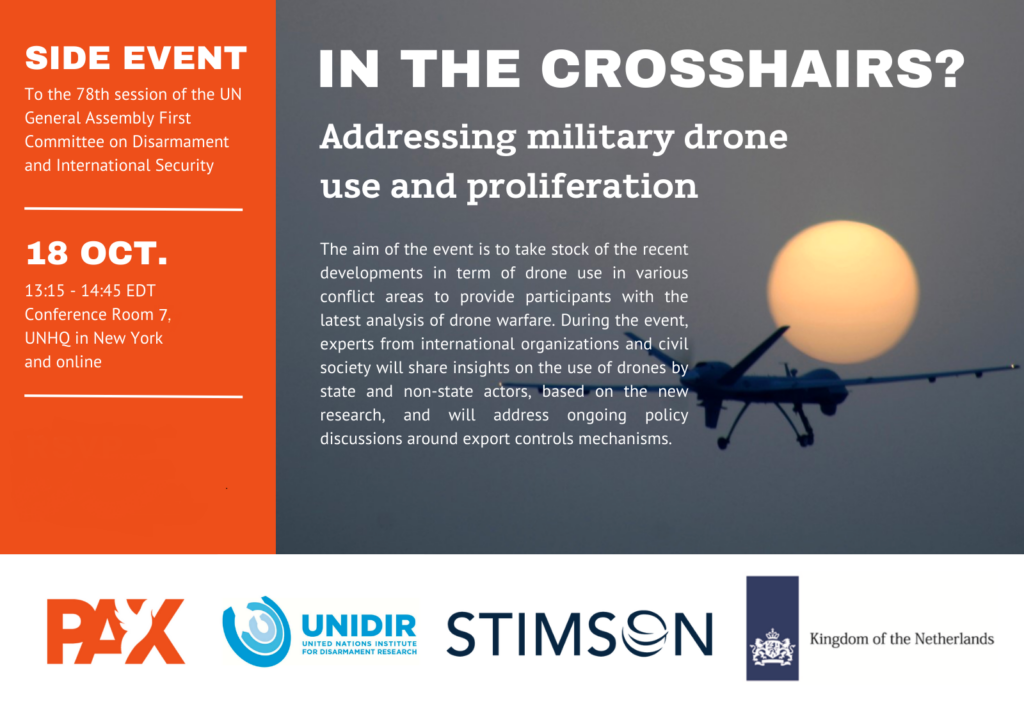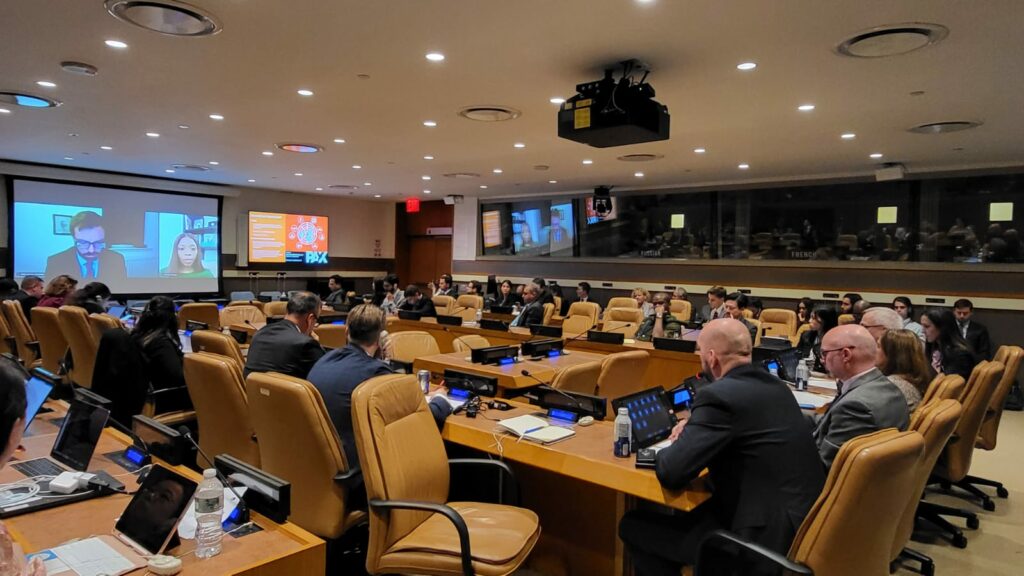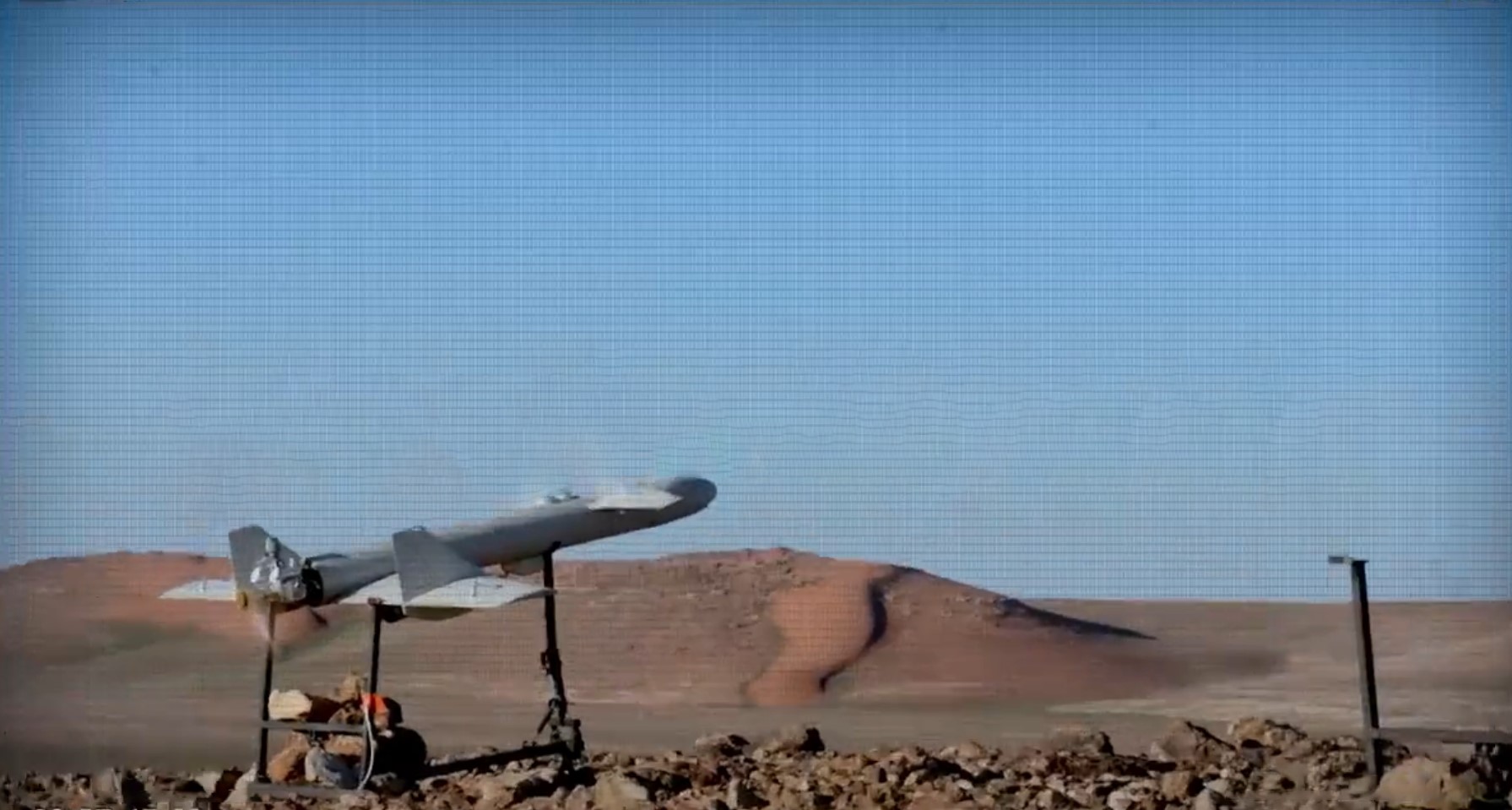A multitude of different uncrewed aerial systems, also known as drones, are increasingly taking a dominant role in armed conflicts all over the world. Armed drones gained a notorious status as they were used to track and kill suspected militants in clandestine operations by the United States, with many civilian casualties. But military drone deployment has now spread across the whole spectrum of warfare, from insurgencies to inter-state conflicts.
The strategic significance of drones became particularly clear in the war between Russia and Ukraine, often labelled as “a war of drones”, given their ability to compensate for power asymmetries between the conventional armies. In particular, the massive use of weaponized commercial drones is a game-changer that will set a precedent for future use.
In the Middle East, drones have increasingly been used as an instrument of geopolitical power projection, as evidenced by over 90 attacks on US and coalition troops in Iraq and Syria over the past month only by militant groups linked with Iran. With drone exports on the rise throughout the Middle East, Africa and Europe, both states and non-state groups are racing to boost their drone capabilities, including through wide-spread use of small explosive drones, long-range kamikaze drones, but also larger military drones used in counter-terrorism operations.
These novel technological developments pose serious challenges for international arms controls and the regulatory framework around the responsible use of military drones. Currently, there are limited governance frameworks to address the major issues stemming from the proliferation and use of armed drones. Existing legal frameworks around the use of force outside of armed conflicts are trampled by states. This problem was highlighted again by the UN Secretary General in his New Agenda for Peace report, as well as by UN Special Rapporteurs and civil society groups. First, in many instances, drones are used by states in clandestine operations outside the scope of armed conflicts, notably for extrajudicial targeted killings, without clear legal justification, transparency, and accountability for accompanying civilian harm. Second, the increasing global misuse of drones by terrorist groups has been a particular concern of the UN Security Council Counter-Terrorism Committee due to much easier access to developing drone technologies. Finally, the growing use of long-range, military grade kamikaze drones constructed from commercial components is posing new challenges to export controls, while a range of states are also not party to existing regulatory frameworks around drones and dual-use technologies.
There has been a promising attempt to address the above issue through the process of the US-led Joint Declaration of 2016 that evolved into the development of draft international standards for the transfers and use of armed drones, but it stalled due to the lack of consensus among states, including major drone producers and exporters. However, in view of the recent boom in drone use and proliferation, the time is ripe to revitalize international discussions to address the many challenging aspects of contemporary drone warfare.
UNGA78 First Committee on Disarmament and International Security Side Event
Against this backdrop, on 18 October 2023, the Government of the Kingdom of the Netherlands, PAX, Stimson Center and UNIDIR, with participation of Conflict Armament Research and Human Rights Watch, organized a side event to the UN General Assembly First Committee in New York, entitled “In the crosshairs? Addressing military drone use and proliferation”. The event convened representatives of governments, international organizations, and civil society to take stock of the recent developments around the use of armed drones in various conflict areas and outside traditional battlefields.

During the well-attended event, expert discussants underscored that the diversity of drone systems and technological innovations in their use requires nuanced, tailored approaches to mitigate associated risks and enhance security protocols. Event participants stressed that democratization of access to uncrewed systems should be better accounted for in the international arms control instruments, to increase transparency on acquisition and responsible use of drones in line with international law and norms of accountability. Presentations on the use of armed drones in Iraq and Nigeria drew attention to civilian casualties, regional security risks and human rights abuses associated with the use of drones, calling for states’ responsibility to clarify their legal positions on the use of force through armed drones and provide justifications for their use outside of armed conflict. Finally, research findings were presented as to the acquisition, weaponization, and deployment of drones by non-state actors, including for terrorism-related purposes, based on field investigations in Iraq and Yemen.

Next steps towards the international standards
After several years of stalemate in multilateral discussions on international standards around drone use and proliferation, some proposals within the 2023 UNGA First Committee look promising to revive international talks on the matter. In particular, Portugal announced its intention to hold multilateral exchanges on potential peace and security challenges associated with armed drones, with plans to develop a resolution on measures to improve transparency and accountability for the acquisition and use of armed drones in 2024. PAX will continue to engage with states, civil society organisations and experts to develop robust, progressive and implementable standards on the use of armed drones and for filling the gap between commercial technologies, dual-use technologies, and military drones.
Read the full event summary report here.
Read PAX’s recent report on the use of armed drones in Iraq.




